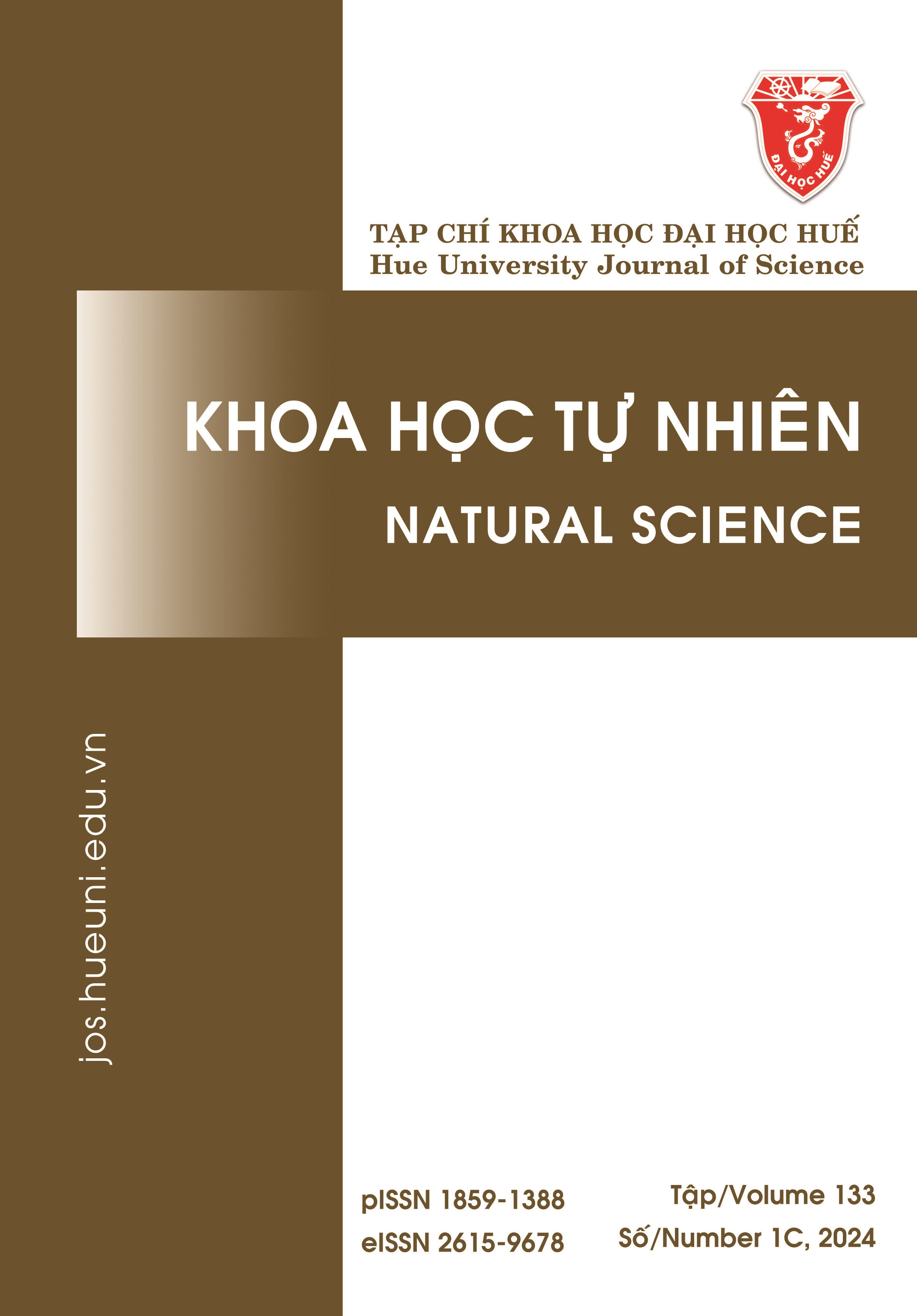Abstract
In this study, ZnO/biochar (ZBC) materials were successfully synthesized by simple hydrolysis of a mixture of Zn(NO3)2 salt and biomass derived from reed stems. The synthesized materials were characterized by XRD, SEM, TEM, BET, FT-IR and UV-Vis-DRS methods. The photocatalytic degradation of doxycycline (DC) was studied from the influencing factors of pH and concentration. Characterization shows that ZnO is well dispersed on the biochar surface. The presence of biochar helped improve the specific surface area, narrow the band gap and enhance the optical absorption in the visible light region of ZnO. The ZBC composite at ZnO/biochar mass ratio = 1/0.25 showed the highest photodegradation efficiency, about 3.5 times higher than pure ZnO in DC decomposition. Kinetic studies showed that DC degradation followed an apparent first-order kinetic model with rate constant kapp = 2.03×10-2 min-1 at DC concentration of 9.0 mg/L. Research shows that ZnO/biochar material has great potential in treating antibiotic-contaminated wastewater.

This work is licensed under a Creative Commons Attribution-ShareAlike 4.0 International License.
Copyright (c) 2024 Array




